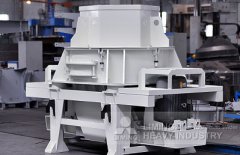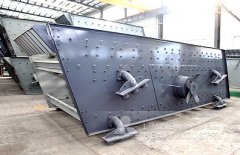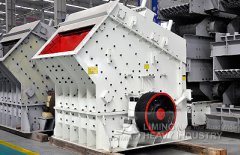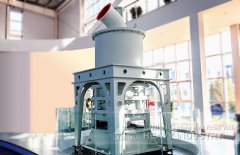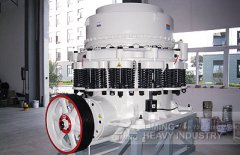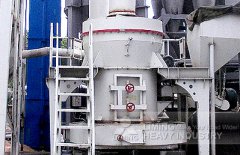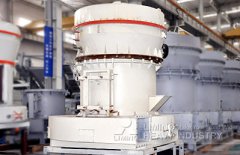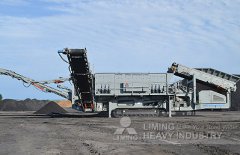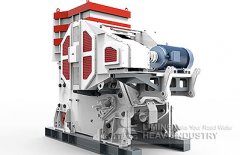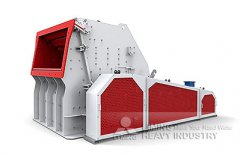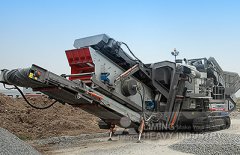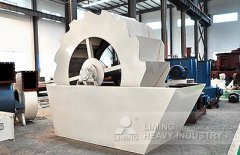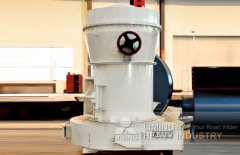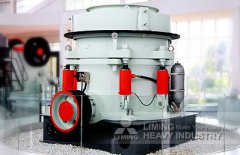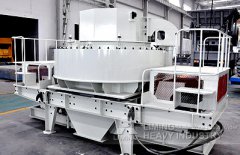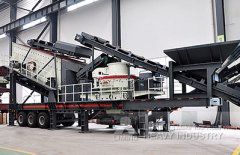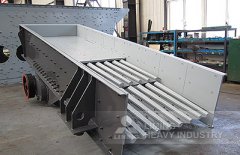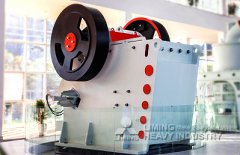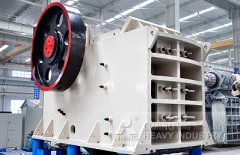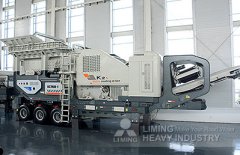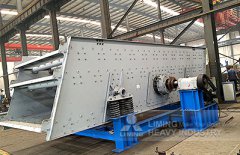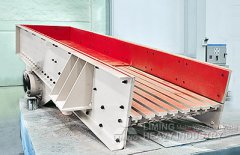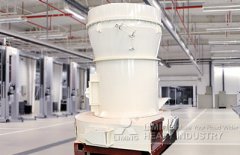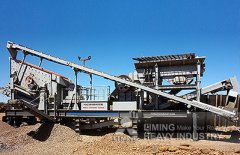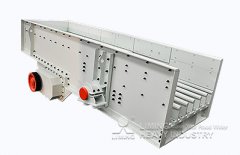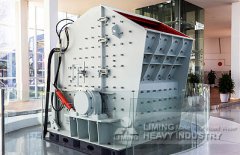coal mining industrial revolution uk
2020-01-26T17:01:54+00:00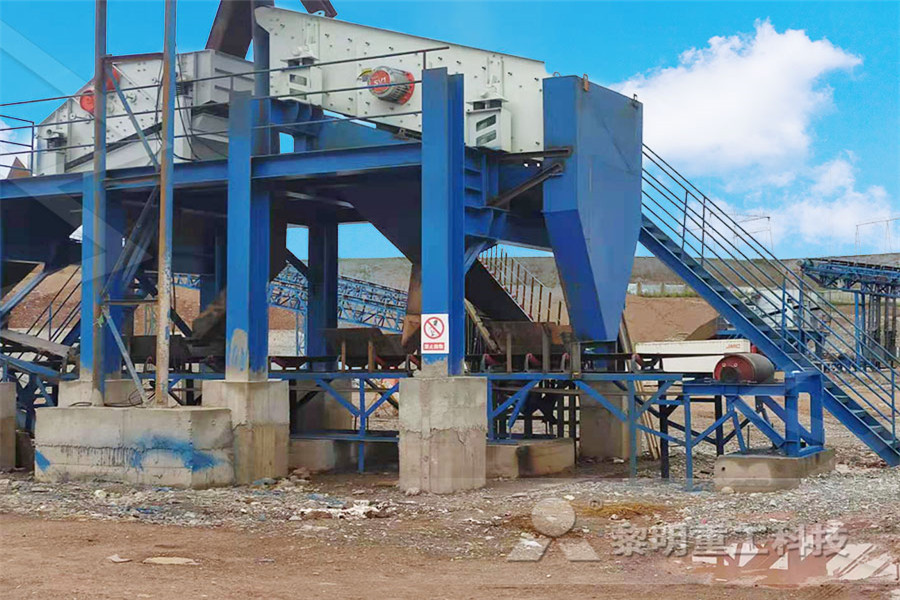
Coal Mines in the Industrial Revolution History Learning
Mar 31, 2015 Coal was needed in vast quantities for the Industrial Revolution For centuries, people in Britain had made do with charcoal if they needed a cheap and easy way to acquire fuel What ‘industry’ that existed before 1700 used coal, but it came from coal mines that were near to the surface and the coal was relatively easy to get toDec 27, 2018 The state of the mines which boomed throughout the United Kingdom during the industrial revolution is a passionately argued area It is very hard to generalize about the living and working conditions experienced in mines, as there was great regional variation and some owners acted paternalistically while others were cruelCoal Mining in the UK During the Industrial RevolutionCoal Mines Industrial Revolution Following the invention of the steam engine, demand for coal rocketed throughout Britain Although the use of coal did exist before the industrial revolution this tended to be on small scale operations and it was from mines near to the surfaceCoal Mines Industrial Revolution Conditions Key Facts
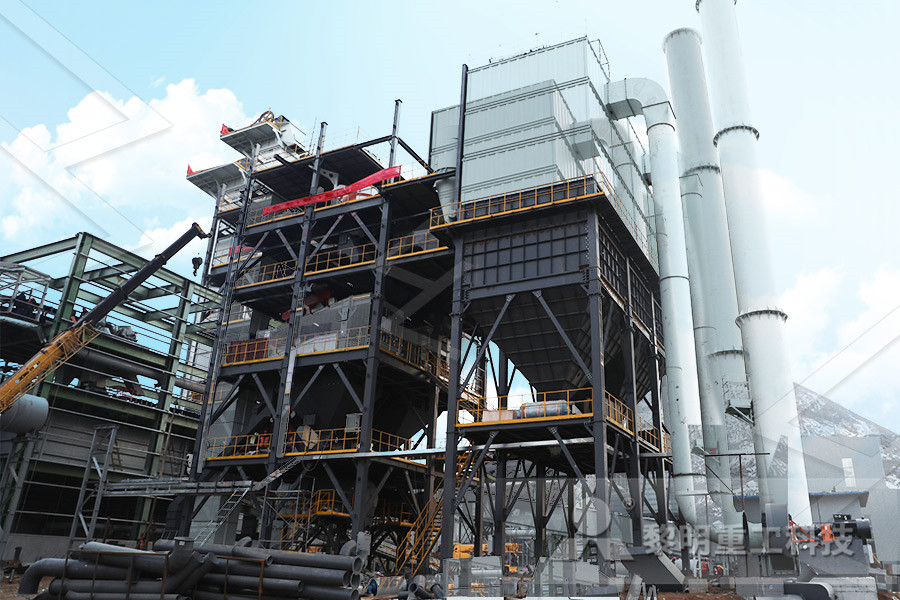
The Industrial Revolution, coal mining, and the Felling
The Industrial Revolution created a huge demand for coal, to power new machines such as the steamengine In 1750, Britain was producing 52 million tons of coal per year By 1850, it was producing 625 million tons per year – more than ten times greater than in 1750Coal mines in the Industrial Revolution were deeper than ever before Before the 18th century, coal was mined from shallow mines However, as the Industrial Revolution gained speed, demand for fuel rapidly increased Before the Industrial Revolution, there were two different types of mines: bell pits and drift minesCoal Mines in the Industrial Revolution History LearningDuring the period of the industrial revolution, as demand for coal soared thanks to iron and steam, as the technology to produce coal improved and the ability to move it increased, coal experienced a massive escalationFrom 1700 to 1750 production increased by 50% and nearly another 100% by 1800 During the later years of the first revolution, as steam power really took a firm grip, this rate Coal in the Industrial Revolution ThoughtCo
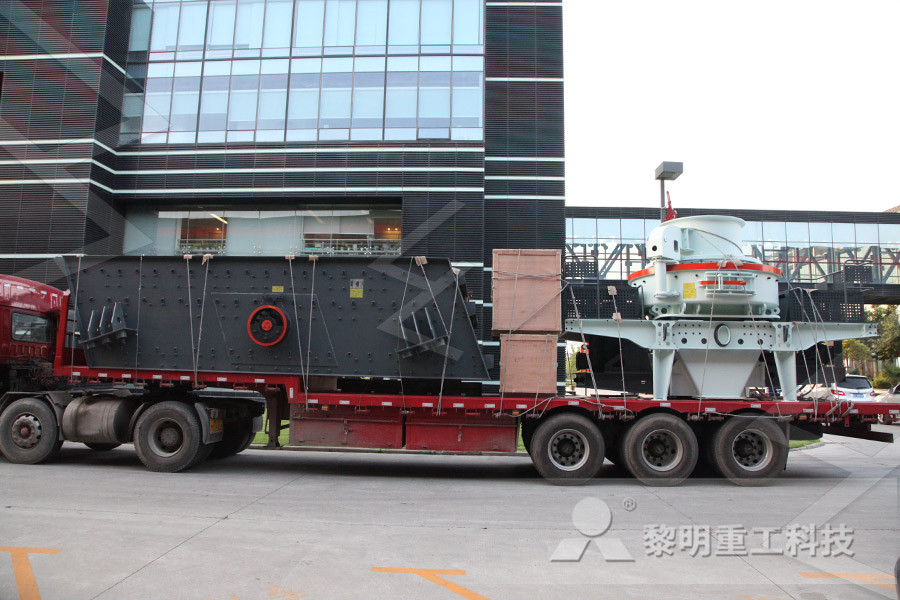
Why Was Coal Important to the Industrial Revolution
According to the same source, coal mines became prevalent in Virginia, Pennsylvania and other locations in the northern United States in the 1830s Coal mining became big business during the Industrial Revolution because of the large amounts of coal needed to power the steam enginesVerifying that you are not a robotBot Verification historylearningsitecoukCoal production increased dramatically in the 19th century as the Industrial Revolution gathered pace, as a fuel for steam engines such as the Newcomen engine, and later, the Watt steam engineTo produce firewood in the 1860s equivalent in energy terms to domestic consumption of coal would have required 25 million acres of land per year, nearly the entire farmland area of England (26 m acres)Coal mining in the United Kingdom Wikipedia

Child Labour in the Mining Industry Spartacus Educational
It was not until 1872 that the age of boys who could work in the coalmines was raised to 12 and eventually to 13 in 1903 Even so, there is a great deal of evidence to show that colliery owners continued to employ children illegally for many years afterwards Jan 03, 2018 The working conditions of cotton mill workers and coal miners in England during the Industrial RevolutionIndustrial Revolution Working Conditions YouTubeWith the coming of the Industrial Revolution in England in the mid 1700s, children shifted from working on farms or in the home to working in textile factories, brick yards, and coal mines Once children began working in the factories, parents could no longer watch over them as they had previously when they worked on farmsWorking Conditions and Wages primohistory
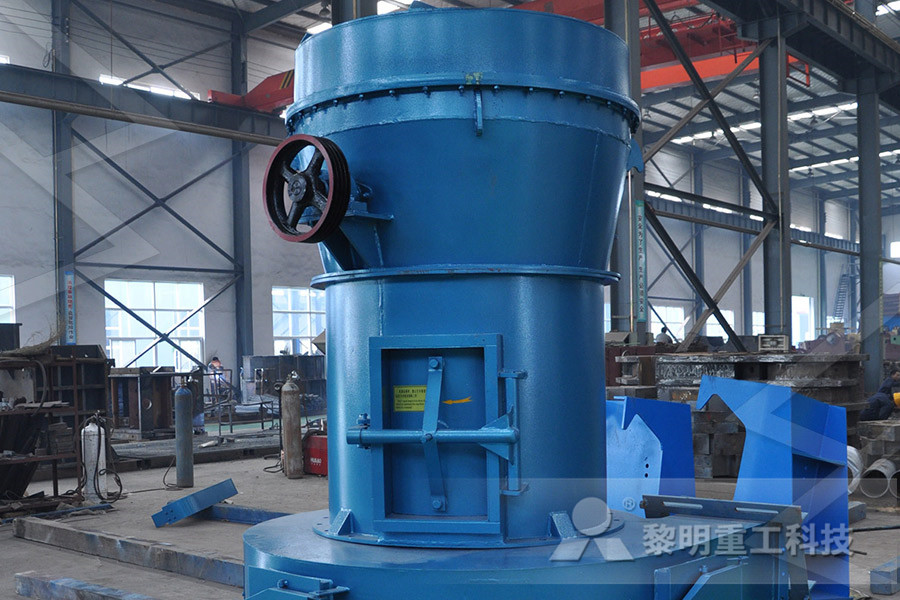
Coal and industrial relations: how miners secured workers
Jun 09, 2016 Coal mining, major industrial disputes, and the coal miner himself, are iconic representations of the industrial age Demand for coal came from expanding urban centres as a Sep 24, 2019 Coal Mining Industrial Revolution nerak Loading Unsubscribe from nerak? UK Coal Mining History Duration: 1:03:30 Clive Worth Recommended for you 1:03:30Coal Mining Industrial Revolution YouTubeThe Industrial Revolution changed Britain and the world fundamentally It began in Britain, and in this short film Professor Jeremy Black asks why this happened Coal was a key factor Britain was History KS3 KS4/GCSE: The importance of coal in the
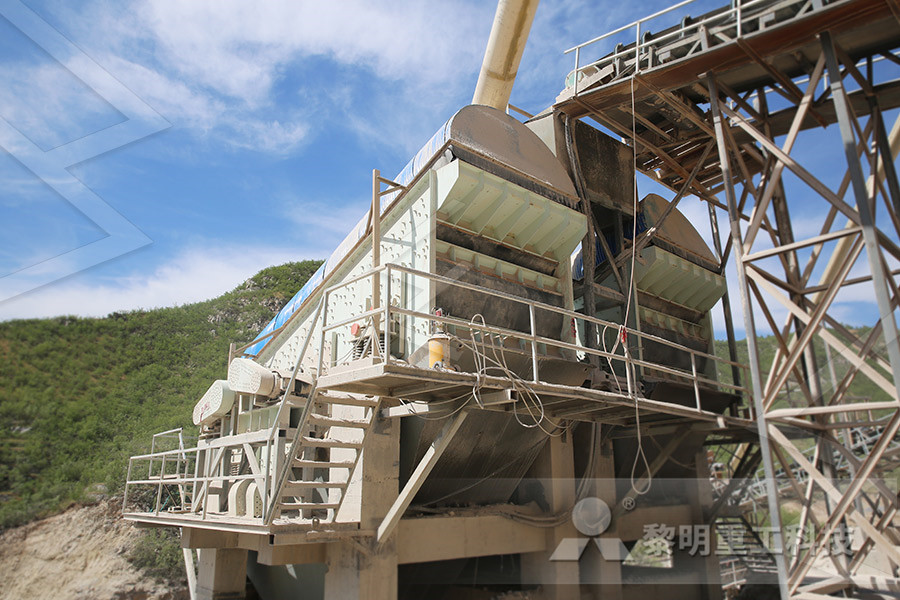
The Industrial Revolution The British Library
Oct 14, 2009 Steam and coal Because there were limited sources of power, industrial development during the early 1700s was initially slow Textile mills, heavy machinery and the pumping of coal mines all depended heavily on old technologies of power: waterwheels, windmills and horsepower were usually the only sources availableJan 15, 2019 The pictures were taken circa 1865 by W Clayton of Tredegar, South Wales Tredegar was an early centre of the Industrial Revolution in Wales where it had both a coal Welsh mining women of the 19th century who Mail OnlineCoal mining, extraction of coal deposits from the surface of Earth and from underground Coal is the most abundant fossil fuel on Earth Its predominant use has always been for producing heat energy It was the basic energy source that fueled the Industrial Revolution of the 18th and 19thCoal mining Britannica
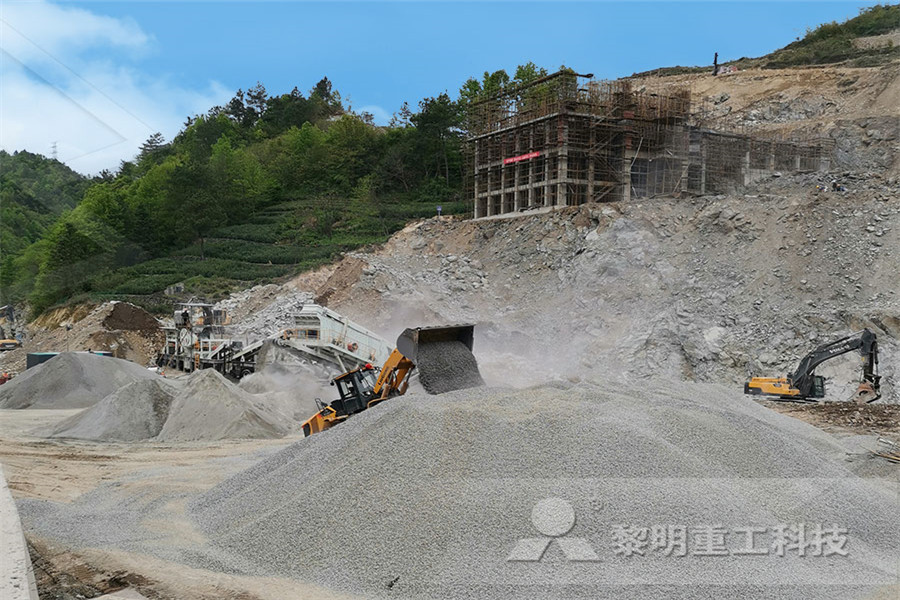
Child Labor in the Coal Mines of England – StMU History Media
During the Industrial Revolution, coal was a major source of energy, and was extremely important because it burned hotter than wood charcoal The primary use of coal was used as a source of energy, and used to power the steam engines of factories, where many other children also workedJan 23, 2018 The days of deep coal mining may be largely gone for the UK, but smallscale, varied mines are ensuring the industry’s survival In this interactive map, we spotlight some of these sustaining projects, including lithium mining in Cornwall, tin mining in Devon and gold mining in the Highlands Molly 23 January 2018Mining the UKMay 15, 2014 Geological map of England, showing coalmining districts Map revealing vast expanses of coal mining and industrial districts in early 19th century Britain, particularly in the north, 1820 View images from this item (1)Child labour The British Library
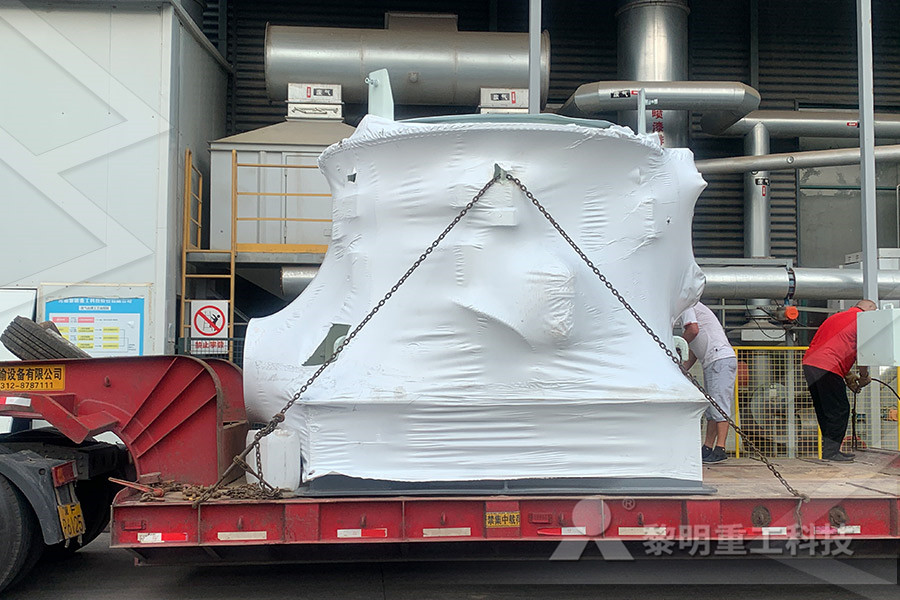
Inventions and innovations in the Industrial Revolution
Production of coal increased 20fold in the century 18151914 Steam power In around 1712, Thomas Newcomen built the first commercially successful steam engine to pump water out of minesDuring the Industrial Revolution, coal was a major source of energy, and was extremely important because it burned hotter than wood charcoal The primary use of coal was used as a source of energy, and used to power the steam engines of factories, where many other children also workedChild Labor in the Coal Mines of England – StMU History MediaJan 23, 2018 The days of deep coal mining may be largely gone for the UK, but smallscale, varied mines are ensuring the industry’s survival In this interactive map, we spotlight some of these sustaining projects, including lithium mining in Cornwall, tin mining in Devon and gold mining in the Highlands Molly 23 January 2018Mining the UK
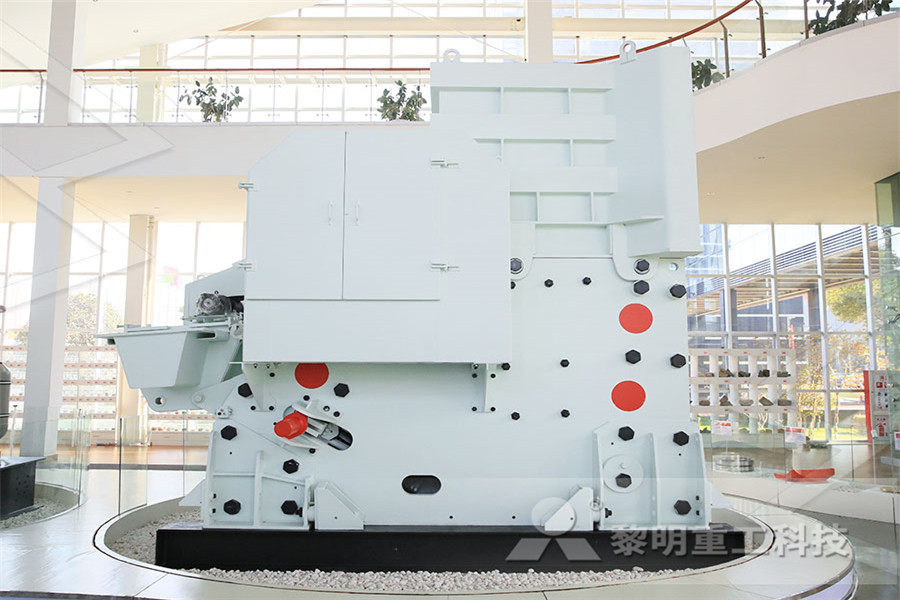
Child labour The British Library
May 15, 2014 Geological map of England, showing coalmining districts Map revealing vast expanses of coal mining and industrial districts in early 19th century Britain, particularly in the north, 1820 View images from this item (1)Production of coal increased 20fold in the century 18151914 Steam power In around 1712, Thomas Newcomen built the first commercially successful steam engine to pump water out of minesInventions and innovations in the Industrial Revolution in determining city growth after the Industrial Revolution is an important finding in its own right, and is certainly consistent with the growth hypothesis The paper proceeds as follows Section 2 summarizes the debate between those who think that coal was central to the Industrial Revolution, and those who have downplayed its significanceCOAL AND THE EUROPEAN INDUSTRIAL REVOLUTION Alan
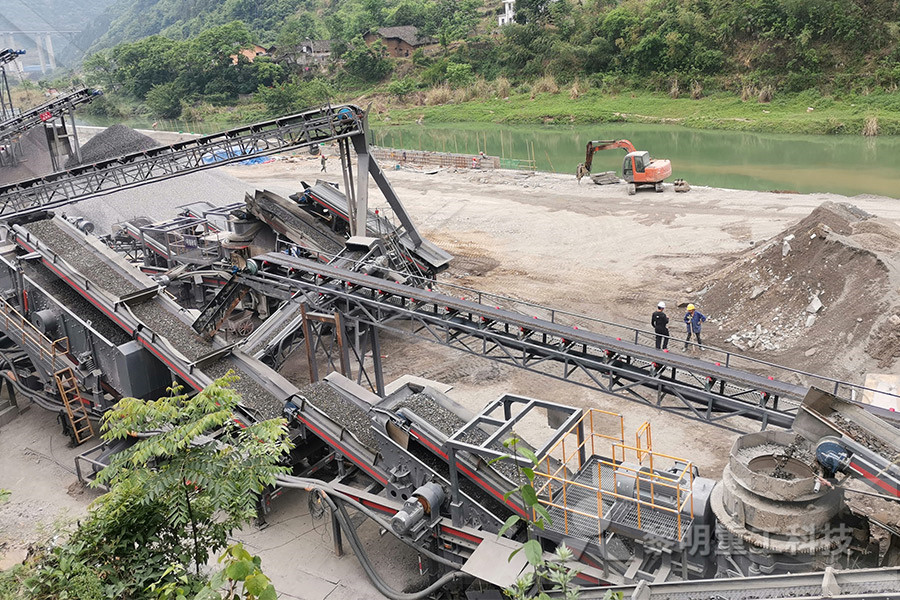
Coal mining in the United Kingdom Wikipedia
Coal production increased dramatically in the 19th century as the Industrial Revolution gathered pace, as a fuel for steam engines such as the Newcomen engine, and later, the Watt steam engineTo produce firewood in the 1860s equivalent in energy terms to domestic consumption of coal would have required 25 million acres of land per year, nearly the entire farmland area of England (26 m acres)Gain a deeper understanding of the Industrial Revolution in Key Stage 3 History with our Historical Enquiry resources using different types of evidence from the 1842 Children's Employment Commission The resources are also extremely useful for children in Key Stage 2 learning about local historyHistory National Coal Mining Museum for EnglandIndustrial Revolution1 Roy Church notes in his history of the coal industry, for example, “It is difficult to exaggerate the importance of coal to the British economy between 1830 and 1913” 2 Yet “cliometric” accounts of the Industrial Revolution, produced from the 1980s on, — thoseCoal and the Industrial Revolution, 17001869
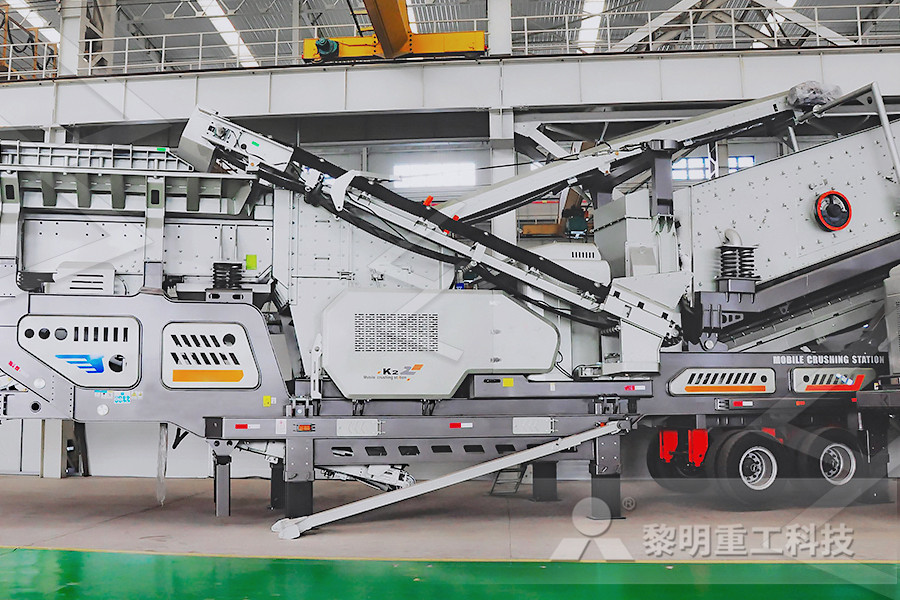
coal mining industrial revolution uk 1750 1850
History of coal mining Wikipedia, the free encyclopedia Industrial Revolution The Industrial Revolution, which began in Britain in the 18th century, and later spread to continental Europe, North America, and Japan, was The National Coal Board (NCB) was the statutory corporation created to run the nationalised coal mining industry in the United Kingdom Set up under the Coal Industry Nationalisation Act 1946, it took over the United Kingdom's collieries on "vesting day", 1 January 1947 In 1987, the NCB was renamed the British Coal Corporation, and its assets were subsequently privatisedCoal mining in the United Kingdom WikiMili, The Best Aug 30, 2017 The first coal mine was sunk in Scotland, under the Firth of Forth in 1575 As the centuries continued, the population’s dependence on coal increased and more mines were opened, but it was during the industrial revolution that coal mining burgeoned Coal was used to power the massive steam engines as well as to create ironOccupations: 19th century coal miners The British

Types of Jobs Children Had During the Industrial Revolution
At the beginning of the Industrial Revolution, few laws existed to protect children from the harsh, and sometimes deadly, working conditions Children were the ideal employee for working on the streets, factories, coal mines or domestic because their small size allowed them to maneuver easily in Mar 11, 2018 From a Scheme of Work on the Industrial Revolution Target is KS3 but all assessments throughout are GCSE and use Edexcel criteria Each lesson contains a lesson plan, quick start guide, printable resources, mini plenaries, challenge questions, mark schemes, writing frames, lots of differentiation, a nice mix of activity types and a lesson 4 Industrial Revolution Coal Mining Teaching ResourcesMay 13, 2017 Coal Mining The industrial revolution saw a huge increase in coal demand As a result, there were many coal mining jobs available This work was both dangerous and unhealthy Shafts were initially narrow, poorly ventilated and highly flammable The coal was carried through the mines in baskets and pulled up a vertical mon Jobs During the Industrial Revolution

Coal mining in the United Kingdom WikiMili, The Best
The National Coal Board (NCB) was the statutory corporation created to run the nationalised coal mining industry in the United Kingdom Set up under the Coal Industry Nationalisation Act 1946, it took over the United Kingdom's collieries on "vesting day", 1 January 1947 In 1987, the NCB was renamed the British Coal Corporation, and its assets were subsequently privatisedAug 30, 2017 The first coal mine was sunk in Scotland, under the Firth of Forth in 1575 As the centuries continued, the population’s dependence on coal increased and more mines were opened, but it was during the industrial revolution that coal mining burgeoned Coal was used to power the massive steam engines as well as to create ironOccupations: 19th century coal miners The British At the beginning of the Industrial Revolution, few laws existed to protect children from the harsh, and sometimes deadly, working conditions Children were the ideal employee for working on the streets, factories, coal mines or domestic because their small size allowed them to maneuver easily in Types of Jobs Children Had During the Industrial Revolution
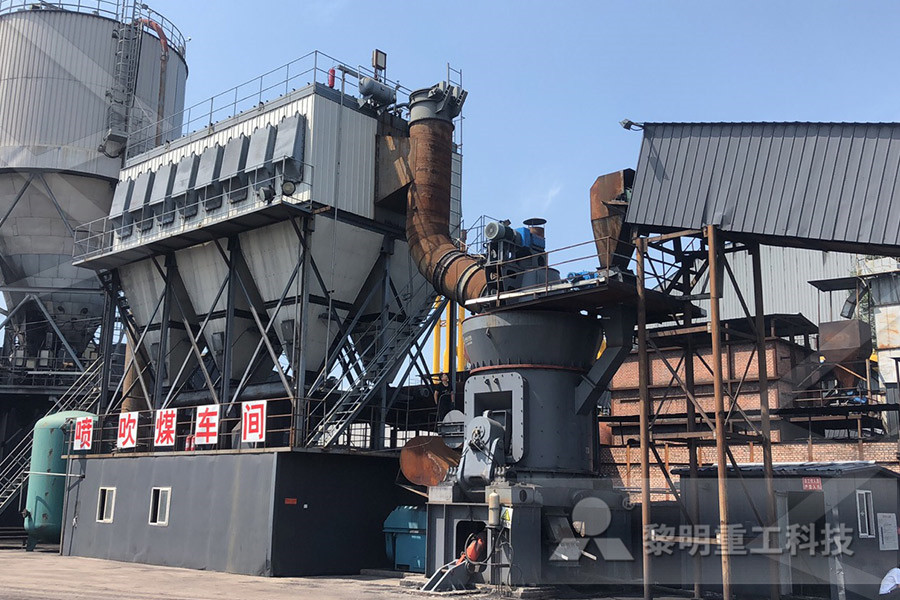
4 Industrial Revolution Coal Mining Teaching Resources
Mar 11, 2018 From a Scheme of Work on the Industrial Revolution Target is KS3 but all assessments throughout are GCSE and use Edexcel criteria Each lesson contains a lesson plan, quick start guide, printable resources, mini plenaries, challenge questions, mark schemes, writing frames, lots of differentiation, a nice mix of activity types and a lesson May 13, 2017 Coal Mining The industrial revolution saw a huge increase in coal demand As a result, there were many coal mining jobs available This work was both dangerous and unhealthy Shafts were initially narrow, poorly ventilated and highly flammable The coal was carried through the mines in baskets and pulled up a vertical mon Jobs During the Industrial RevolutionThe history of coal in the UK is a story of economic boom, loss and climate change In preindustrial times humans mainly used wood for energy and heat That all in changed in 18thcentury Britain when a cheaper more energyrich fuel signalled the start of the Industrial Revolution Coal was the new king – powering some of the biggest changes The end of coal in the UK: why the burning of coal is
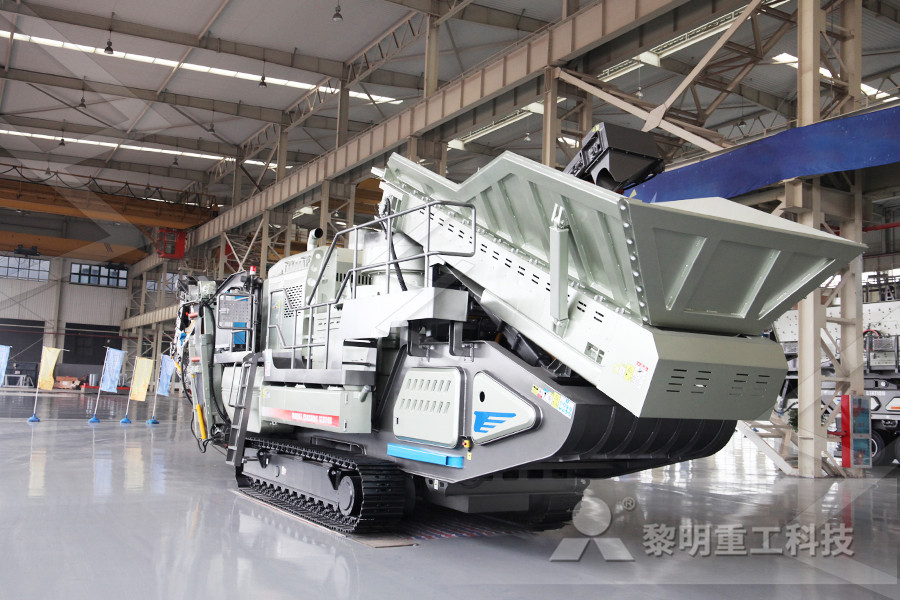
coal mining industrial revolution uk 1750 1850
Industrial Revolution Environmental history timeline Environmental history of Europe during the Industrial period A large part of this timelinehas been concerned with the period before 1750 All over the Britain, rivers were diverted; reservoirs were built in the hills to supply mills The development of coal mining and the use of steam power generated from coal is without A comprehensive Industrial Revolution history guide with facts and information on one of the most important events in British history The Domestic System; Timeline; Factories; Water Steam Power; Coal Mines; Facts; Iron Steel; Coal Mining Industrial Revolution July 15, 2014 by Ryan Gibson Leave a Comment Leave a Reply Cancel reply Your Coal Mining Industrial RevolutionFacts about Coal Mining in the Industrial Revolution inform you with the mining process as well as the importance of coal during the industrial revolution Before 1700, actually the British people tried to get coal located at the surface area Coal was considered as the important energy for the steam engine could be operated using coal10 Facts about Coal Mining in the Industrial Revolution

Primary Sources The Industrial Revolution
From Great Britain, Parliamentary Papers, 1842, VoL XVI, pp 24, 196 In England, exclusive of Wales, it is only in some of the colliery districts of Yorkshire and Lancashire that female Children of tender age and young and adult women are allowed to descend into the coal mines and regularly to perform the same kinds of underground work, and to work for the same number of hours, as boys and 2 The British Industrial Revolution, 17601860 In the eighty years or so after 1780 the population of Britain nearly tripled, the towns of Liverpool and Manchester became gigantic cities, the average income of the population more than doubled, the share of farming fell from just under half to just under onefifth of the nations output, and the2 The British Industrial Revolution, 17601860The Coal Mines Regulation Act of 1860 improved safety rules and raised the age limit for boys from 10 to 12 By 1870 over 1,000 lives were still being lost in mining accidents each year In 1872 the Coal Mines Regulation Act introduced the requirement for pit managers to have state certification of their trainingCoal mines UK Parliament
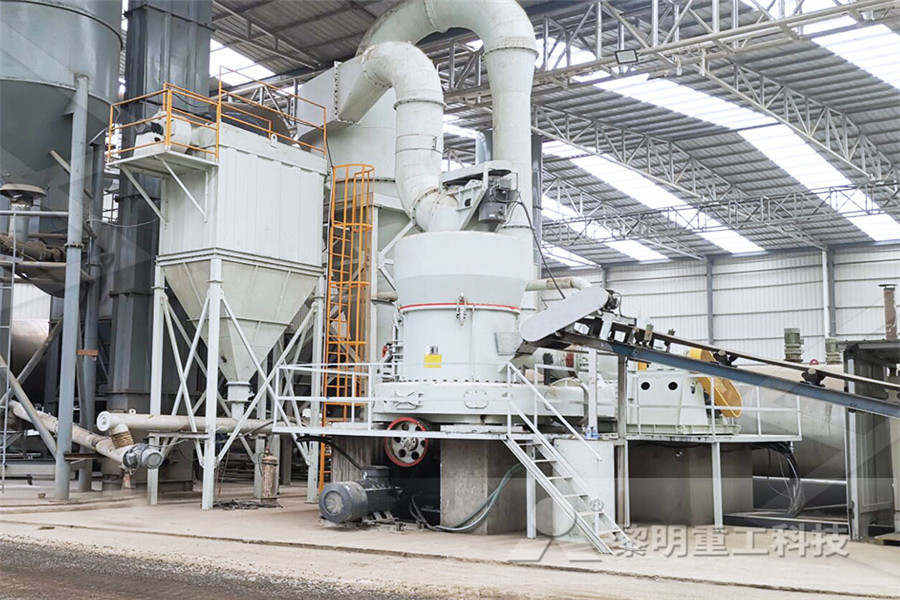
Introduction To Industrial Revolution In Britain History Essay
No one knew exactly how cotton was grown Britain’s Industrial Revolution was mainly cotton, from the observation from around hundreds industries in Britain There are activities like, coal and irons 2 Industry and Empire: The Industrial Revolution 1780 – 1840 by Eric John Hobsbawm 21But as in Britain, by the ’sixties coalmining in northern France was losing money Cheap oil took over most of the markets for expensive deepmined coal: electric trains replaced coalfired steam locomotives; natural gas replaced the old gasworks; France Rise fall of coalmining THEOTHERSIDE


